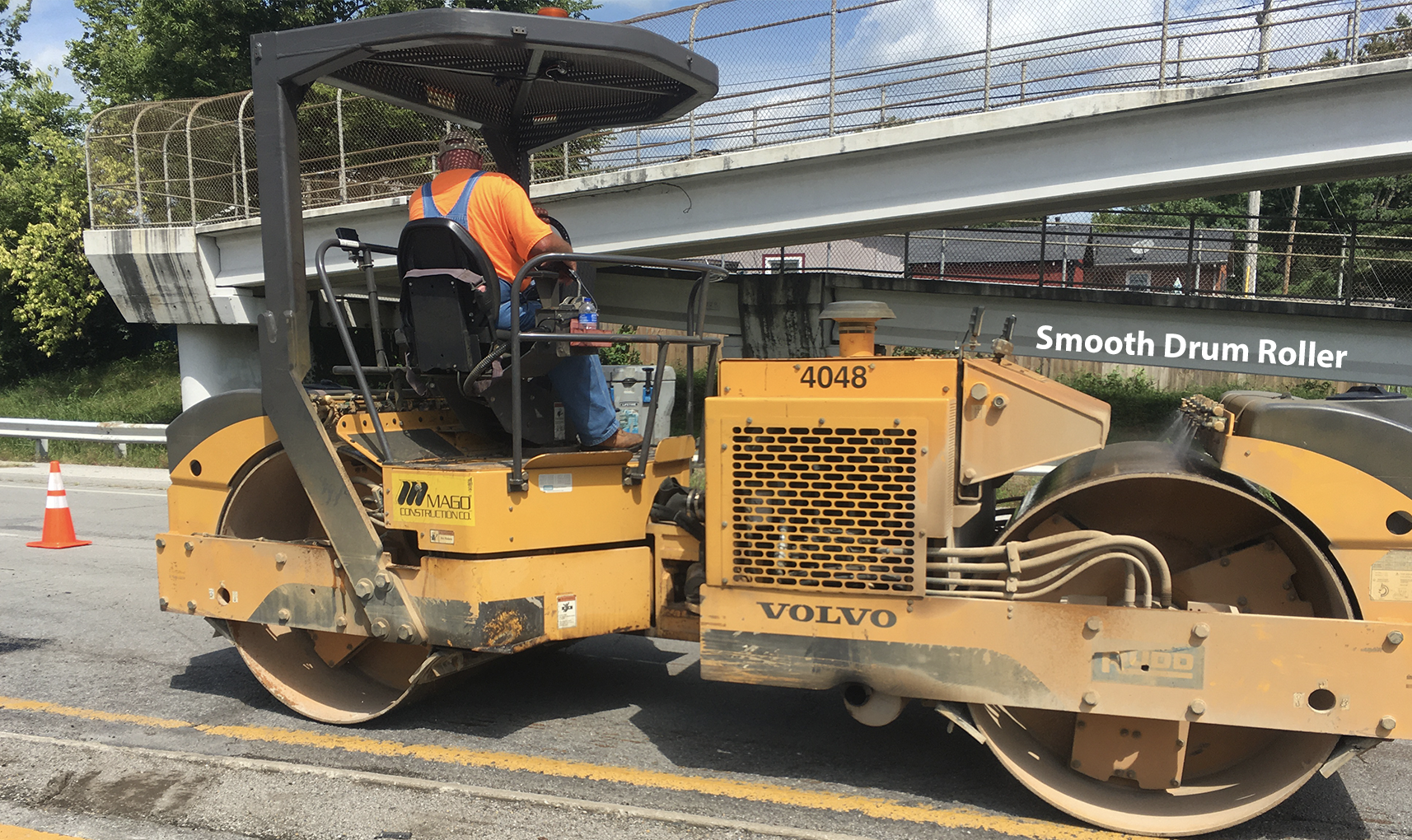Search for articles or browse our knowledge portal by topic.
Compacters

| Equipment Type | Equipment Class | Make | Model | Number of Available Units | Link |
|---|---|---|---|---|---|
| Compacter | ROLLER 6 Ton or Less | HYST Static Smooth Drum Roller | C-330-B | 1 | Spec Sheet C-330-B |
| Compacter | ROLLER 6 Ton or Less | DRESSER | S4-6R | 1 | |
| Compacter | ROLLER 6 Ton or Less | FERGUSON | 46A | 2 | Spec Sheet 46A |
| Compacter | ROLLER 6 Ton or Less | INGERSOLL Vibratory Smooth Drum Roller | DD-24 | 7 | Spec Sheet DD-24 |
| Compacter | ROLLER 6 Ton or Less | INGERSOLL RAND | DD-23 | 1 | Spec Sheet DD-23 |
| Compacter | ROLLER 6 Ton or Less | INGERSOLL Vibratory Smooth Drum Roller | DD-29 | 4 | Spec Sheet DD-29 |
| Compacter | ROLLER SHEEP FOOT | GRAC | 22RY88 | 1 | |
| Compacter | ROLLER 6 Ton or Less | BOMAG Static Smooth Drum Roller | BW5AS | 2 | Spec Sheet BW5AS |
| Compacter | ROLLER 6 Ton or Less | BOMAG Vibratory Smooth Drum Roller | BW120AD-4 | 31 | Spec Sheet BW120AD-4 |
| Compacter | ROLLER 6 Ton or Less | BOMAG | BW120AD-S | 7 | |
| Compacter | ROLLER Over 6 Ton | BOMAG | BW141AD-4 | 1 | Spec Sheet BW141AD-4 |
| Compacter | ROLLER Over 6 Ton | BOMAG Pneumatic Roller | BW 11RH | 1 | Spec Sheet BW 11RH |
| Compacter | ROLLER 6 Ton or Less | BOMAG Vibratory Smooth Drum Roller | BW138AD | 1 | Spec Sheet BW 138AD |
| Compacter | ROLLER 6 Ton or Less | HYPAC | C-747C | 5 | Spec Sheet C-747C |
| Compacter | ROLLER 6 Ton or Less | DYNAPAC Double Drum Vibratory Rollers | CC900G | 2 | Spec Sheet CC900G |
| Compacter | ROLLER 6 Ton or Less | CATERPILLAR Vibratory Smooth Drum Roller | CB24B | 2 | Spec Sheet CB24B |
| Compacter | Roller Over 6 Ton | CATERPILLAR Vibratory Smooth Drum Roller | CB-534D | 1 | Spec Sheet CB-534D |
| Total | 70 | ||||
Compactors are used to increase the density of the material. Compaction can be achieved using pressure, vibration, kneading, impact, or a combination of these. Different types of rollers are used for compacting the soil. The roller and the technique used to depend on site conditions and soil types.
There exist four types of rollers, and each class can be further subdivided into size classifications. All rollers use static and/or dynamic forces to compact soil. Click on the names to see an example of each type of equipment.
3. Smooth-Drum Vibrating Roller
Pneumatic Tire Roller
- These rollers work well in most types of compaction.
- The tires function as compaction devices.
- Offset rubber tires provides a kneading action.
- The amount of ground contact pressure (GCP) is controlled by wheel loading and tire inflation pressure.
Steel Wheel Roller
These rollers have smooth, concentric rollers and are used primarily for pavement course rolling. There are three basic types:
- Three-wheel with one wide roller and two narrow drive rollers
- Two-wheel (tandem) with equal rollers
- Single-wheel with one roller and rubber drive tires
A fog-spray system is used to wet the rollers.
Smooth-Drum Vibrating Roller
- These rollers combine static weight with generated cyclic force (vibration).
- They work best in granular soils and are ineffective in silt and clay.
- A vibratory compactor must be in motion when the vibrator is on.
Sheep’s Foot Roller
- Also called a tamping roller or a segmented-pad roller.
- Steel drums have projecting pads or feet—usually 7 to 9 inches long.
- Segmented pads compact a little at the surface, a lot more under the feet.
- Useful for compacting sub-grade layers – particularly silt and clay.
- Not effective for loose or sandy soils.
Safety of the operator:
- Operators should wear appropriate clothing and follow the necessary safety procedures that apply to all occasions.
- The operator’s PPE should include standard eye protection, work gloves, proper footwear, hearing protection, and hard hats.
- Equipment should be mounted carefully, keeping three points of contact at all times, and the steps and cab interior should be kept clean.
- Extreme caution should be applied around overhead power lines and underground utilities.
Safety of others:
- Always keep others in sight and away from the equipment.
- Establish a safe work zone.
- Never allow riders on the equipment.
Equipment Safety:
- Perform prestart inspection and lubrication daily.
- Make sure equipment is performing correctly.
- Check for obstacles and hazards in the area.
- Obey rules about parking and operating on inclines.
- Know the equipment and its limitations.
Heavy Equipment Knowledge Book:
Access the complete Knowledge Book here: Heavy Equipment Knowledge Book
Next Article: Dozers
Previous Article: Backhoes

